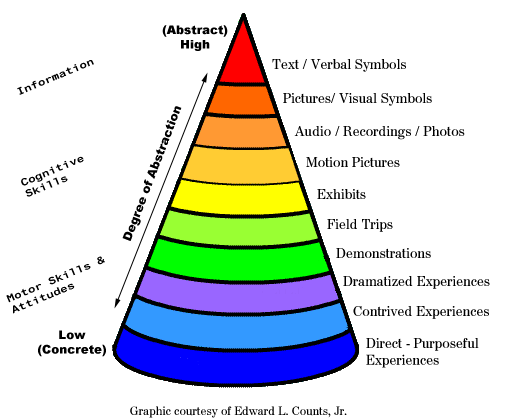These are my last notes on Learning 2008:
- During the conference six students from Champlain College designed a game on teleworking. This was a very fascinating process to watch. At first they had no idea about the topic, so they had to crowdsource the conference participants and ask them for their input of issues around teleworking. This gave them enough materials to built the game. Champlain has three game design curricula: graphic design, game design and programming. Each of the three streams were represented by two students. The final result, Teletrust, is a great game in which you have to act on what happens with your teleworking colleagues and with you. By playing well you can keep the trust of your co-workers. If you lose trust, you lose the game. I especially like three things about the game:
- The fact that the flash source code and the graphics will all be released under an open source license and should become available for download.
- The way that they created random looks for the co-workers by combining different shirts, hair styles, eyes, skin colours and hair colours.
- The event editor which can be used to add new events on which the player needs to act. This is an excellent feature because it will allow any company to customise the game and keep it relevant.
Kudos to the students and to Ann deMarle and Raymond McCarthy Bergeron for coaching them to a great result! It was interesting to see how quickly a relevant game can materialise. This is something that Stoas would also like to do. A quick calculation reveals that the cost is not as low as it initially might seem: the students probably worked a total of 34 hours each in the three and a half days. 34 times 6 = 204 hours. This is 25.5 days of work (without counting any of the project management). Not cheap, but certainly an alternative to a standard web based training.
-

Dale Charles Fadel of Cisco always thought that the classic thoughts on how reading has less retention than seeing, which has less than hearing, which has less than seeing and hearing, which has less than collaborating, which has less retention than doing (all based on Edward Dale‘s Cone of Experience) were a bit too convenient. He has done some research on the impact of multimodal learning in comparison to traditional unimodal learning. His findings were as follows:
Basic Skills
Increase in retentionHigher Order skills
Increase in retentionInteractive (active)
Multimodal learning+9% +32% Non-interactive (passive)
Multimodal learning+21% +20% These findings should be taken into account when we are designing learning.
- The final keynote interviewee was Stephen M.R. Covey who has just written the The SPEED of Trust: The One Thing That Changes Everything
. His book has three key ideas:
- Trust is economic, because it affects speed and costs (the underlying cause of the current economic crisis is a lack of trust).
- Trust is the new currency in today’s world.
- Trust is a learnable competency.
According to Covey transparency is vital to trust: people do not trust what they don’t see. Companies (and probably people too) shouldn’t fight the trend towards more transparency. Instead they should use it to their advantage.
Learning 2008 was the best conference I have ever been to. It was a joy to share the experience with the others in my group and I would thank Stoas for investing in me and allowing me to go.

